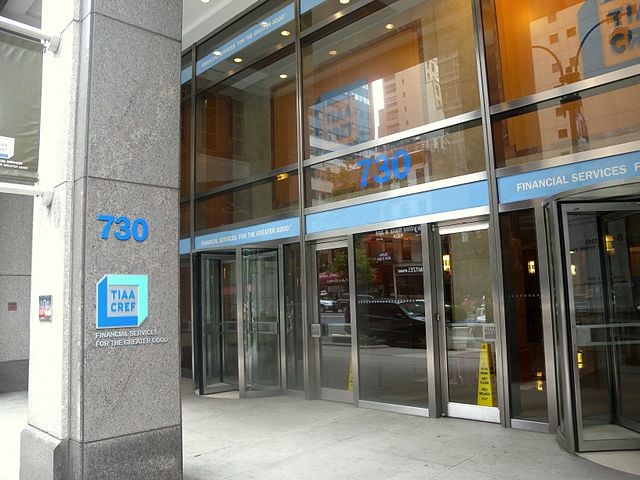The 5th Circuit Court of Appeals has upheld a lower court that ruled for Verizon Communications Inc. in a case that called into the question the legality of pension annuity buyouts.
The case, Lee v. Verizon, stems from a 2012 pension buyout, which moved $7.5 billion in pension liabilities, or about a quarter of all the communication giant’s obligations, to Prudential Insurance Co.
The annuity purchase affected 41,000 participants in Verizon’s defined benefit plan who had been receiving retirement benefits before January 2010.
Continue Reading for Free
Register and gain access to:
- Breaking benefits news and analysis, on-site and via our newsletters and custom alerts
- Educational webcasts, white papers, and ebooks from industry thought leaders
- Critical converage of the property casualty insurance and financial advisory markets on our other ALM sites, PropertyCasualty360 and ThinkAdvisor
Already have an account? Sign In Now
© 2024 ALM Global, LLC, All Rights Reserved. Request academic re-use from www.copyright.com. All other uses, submit a request to [email protected]. For more information visit Asset & Logo Licensing.








